How running is making you younger
It's no exaggeration to say that running can reverse the signs of aging at the cellular level. Our telomeres tell the tale
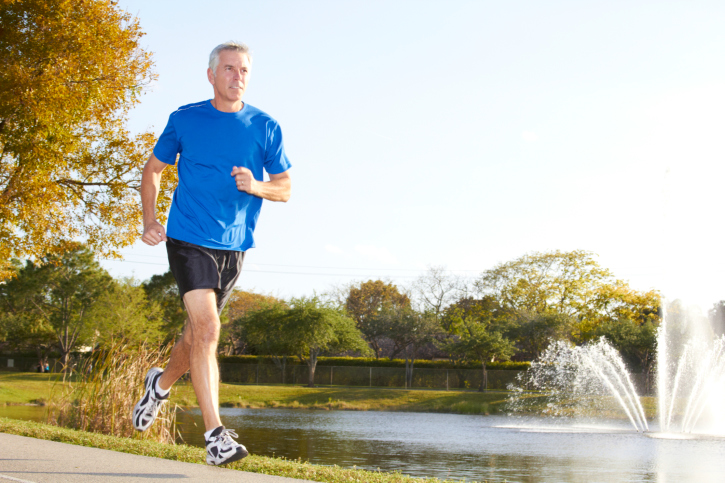
More good news about running as we age: a recent study confirms that running is associated with longer telomeres, the little protein caps on the end of our chromosomes that protect our DNA, and whose length is widely seen as a marker for healthy aging.
RELATED: Olga Kotelko offers rare insight into effects of exercise on aging
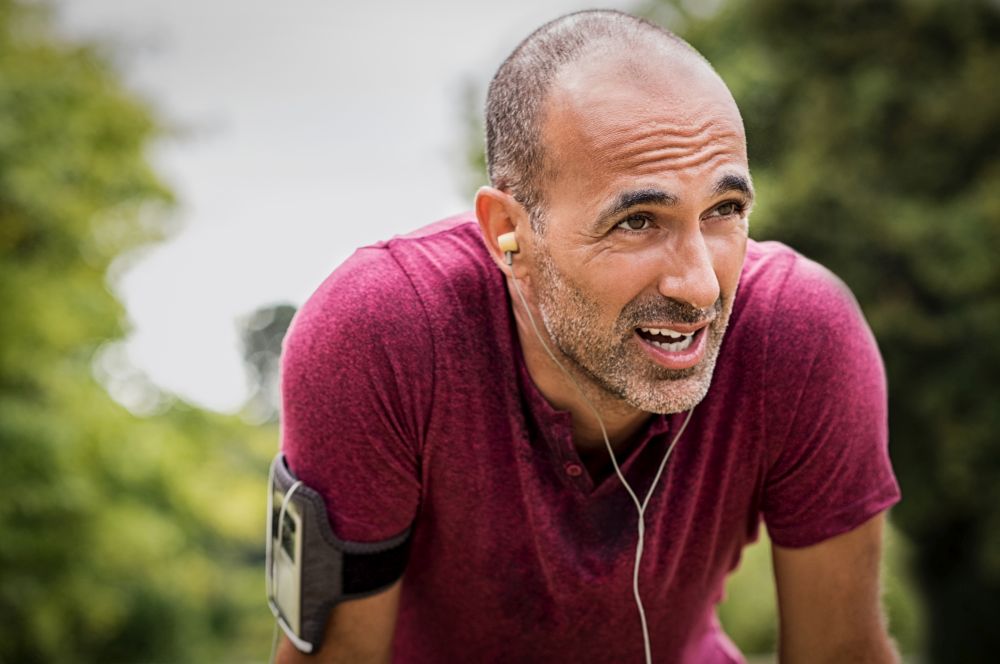
As Bruce Grierson describes it in his excellent 2014 book, What Makes Olga Run, “Every time a cell divides a sliver of telomere is sloughed off, until–some fifty to seventy-five cell divisions later–the telomere is too short to do its job. The chromosome is exposed. The next cell division starts cutting into the principal. Genetic damage results, leading to cell death, which we see as age-related disease.”
RELATED: Olga Kotelko dies at 95 with 34 world records
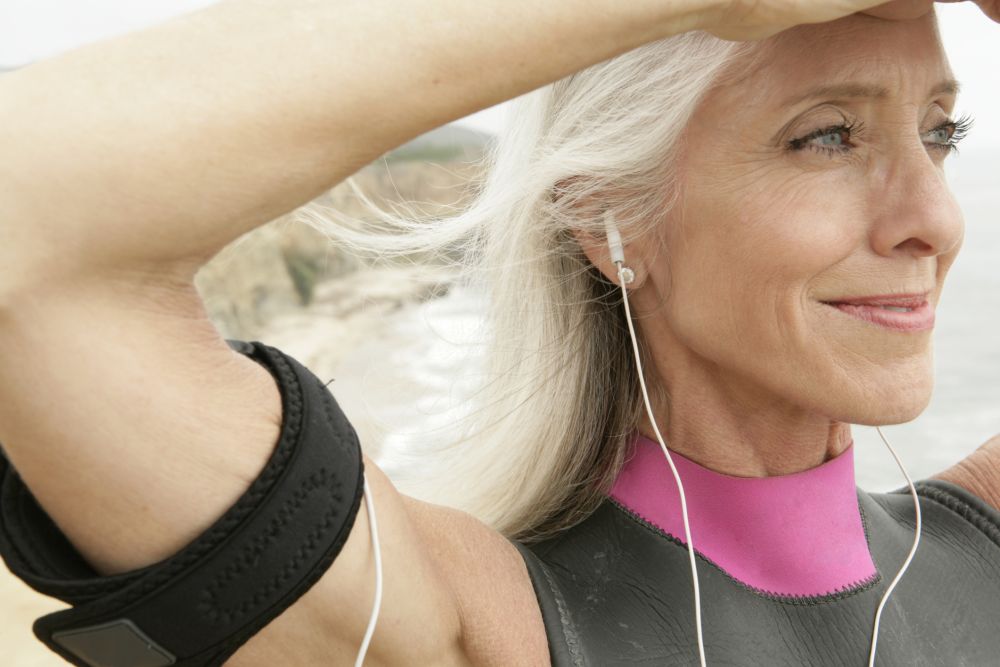
In 2009 Dr. Christian Werner, a cardiologist and researcher at Germany’s University of Saarland, published a study showing that people who exercised had longer telomeres. Werner published another study last month in the European Heart Journal (and reported on in the New York Times earlier this month) corroborating the earlier study and showing a causal relationship between aerobic exercise and longer telomeres.
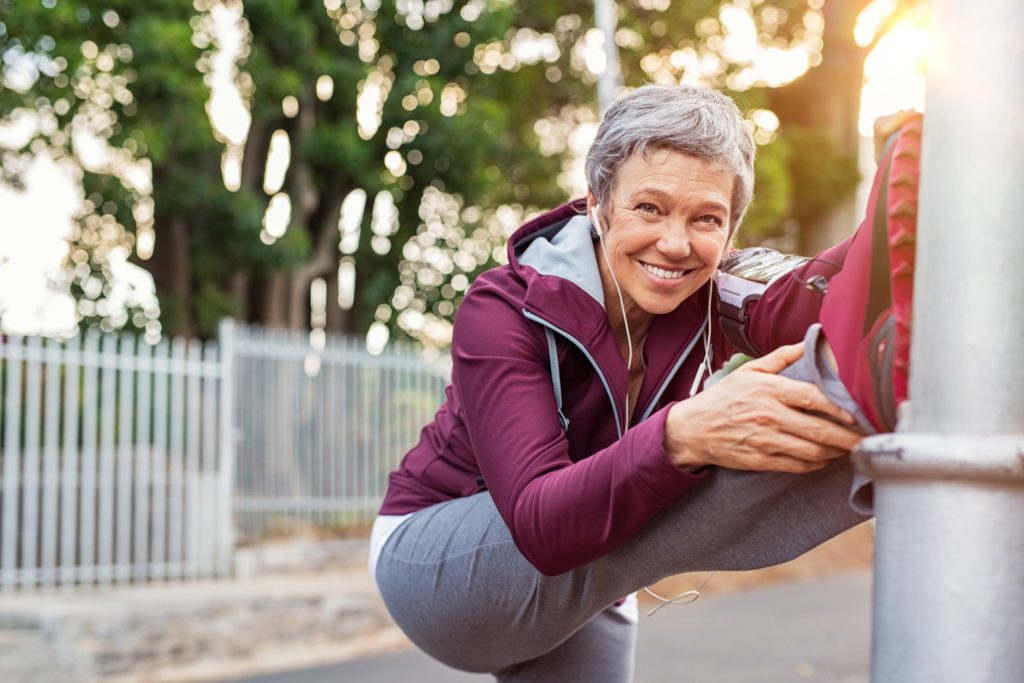
Researchers followed 124 healthy, middle-aged adults who did not have the habit of exercise, and examined telomere length in their white blood cells, as well as telomerase levels (an enzyme that plays a role in telomere length). Volunteers were then divided into four groups. One group did brisk walking or jogging, one did high-intensity interval training, one did resistance training with weights, and the control group did not change their habits. Each of the exercising groups worked out for 45 minutes three times a week for six months, with researchers monitoring their heart rates during exercise. Then blood was drawn and tested and data collected.
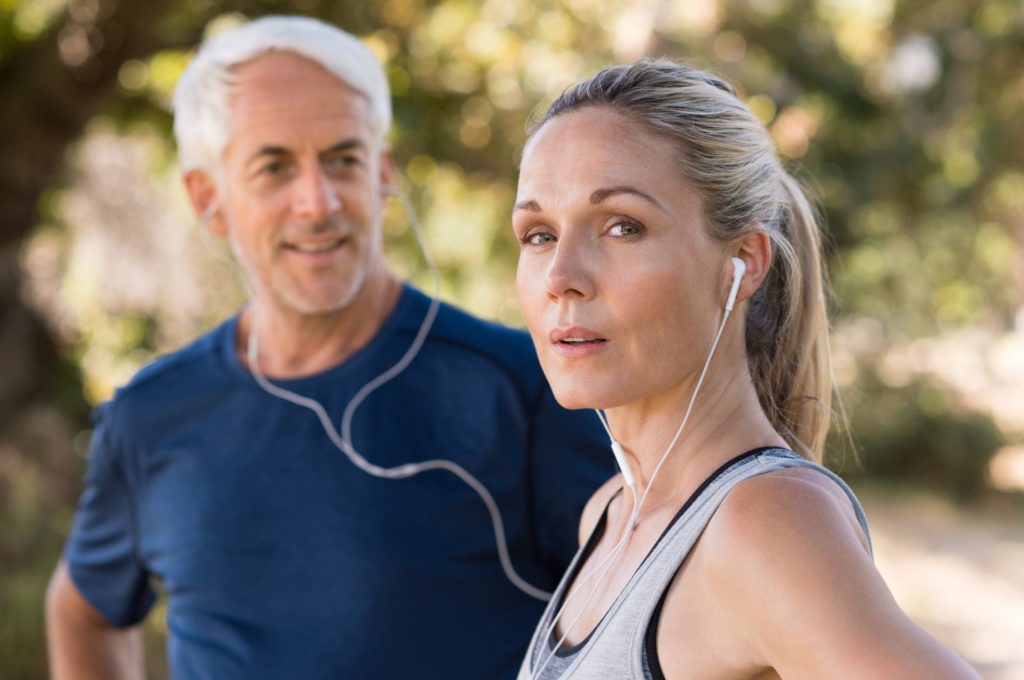
Everyone who exercised was fitter than when they started, as one might expect, but at the cellular level, there were marked differences between the groups. The group that ran or did high intensity training had the biggest increases in telomere length and their telomerase activity doubled or tripled. The weightlifters’ telomere length was unchanged (or got shorter), as did those in the control group, who did not exercise, though researchers noted that their increased fitness was still beneficial in fighting aging, even if their telomeres did not increase in length.
Werner hopes to continue his research to pinpoint more precisely the best types and combinations of types of exercise for healthy aging.


